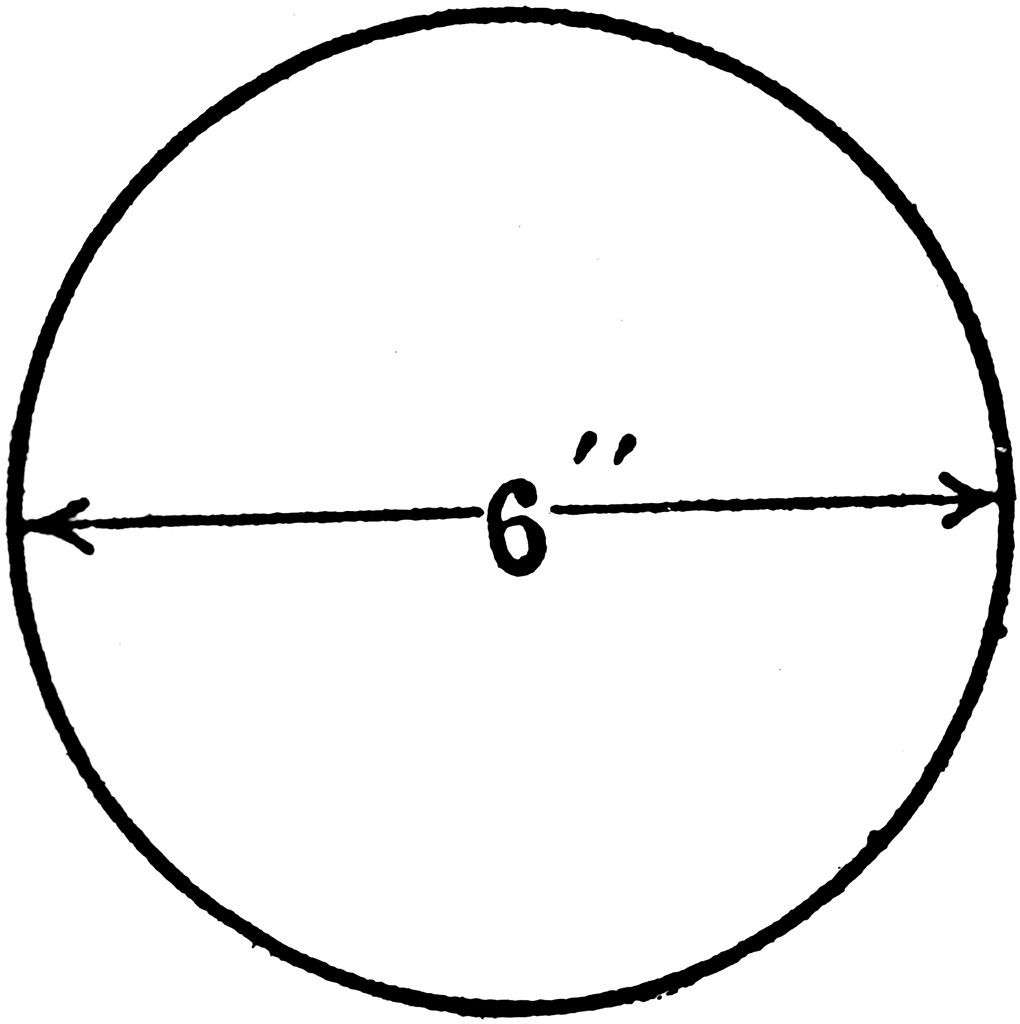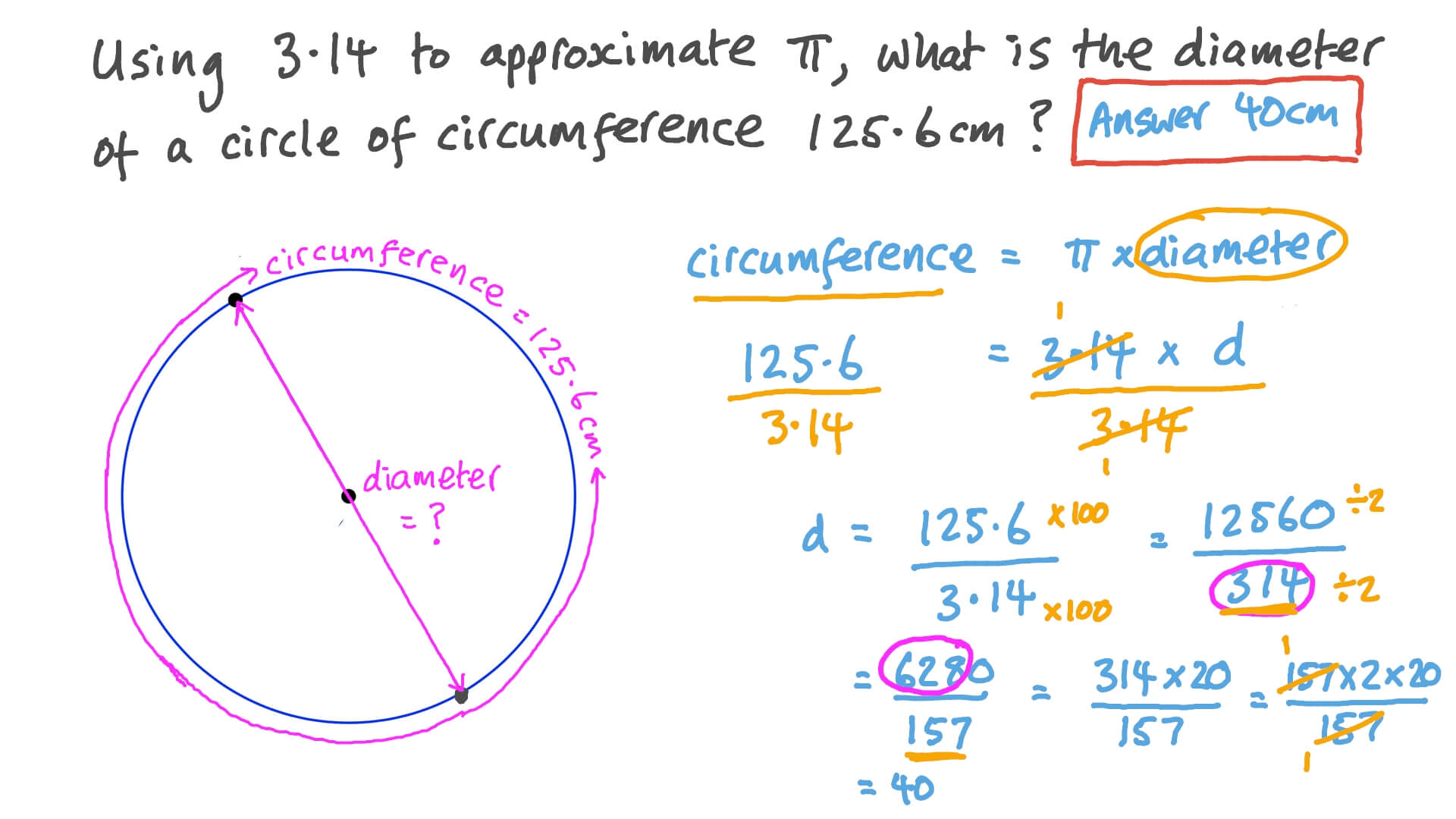

, derived by Takebe, is the first formula to evaluate Pi in the history of Wasan. In Wasan, Seki Takakazu, Takebe Katahiro, etc., sought calculation formulas for π 2. This calculator will calculate the area of a circle given its diameter, using the famous formula area pi times (d/2) squared. In Enri shinko by Wada Yasushi was equivalent to Therefore, Kikuchi proved in the next paper that the calculation
CIRCLE DIAMETER SERIES
A hypergeometric series is defined as follows: Gauss (1777-1855) named a hypergeometric series. Kikuchi noticed that such a series was what K. Each term is decided by multiplying its previous term by a regular fraction as follows:
CIRCLE DIAMETER PLUS
In fact, however, there is a relationship between the terms. As you can see, the diameter of any circle is made up of one radius plus another radius that is, two radii (pronounced ray -dee-eye). We do not know anything about the number's regularity from this result alone. Holds true Hasegawa uses this to obtain the result of A circle is a shape consisting of all points in a plane that are at a given distance from a given point, the centre. (the sum of the powers of the natural numbers),

We can obtain a value of 3.14159 for π accurate to five decimal places with the first 4 terms of the Taylor expansion of tan -1.In a recent computer calculation, the following equations were used: Moreover, Newton (1642-1727) and Euler (1707-1783) discovered a series that converged faster, which enabled them to calculate values of Pi to more decimal places. In Europe, Viete (1540-1603) discovered the first formula that expresses π:Īfter that, the Wallis (1616-1703) Formula: Wasan scholars such as Muramatsu Shigekiyo, Seki Takakazu, Kamata Toshikiyo, Takebe Katahiro, and Matsunaga Yoshisuke calculated more accurate values of Pi, and accomplished results that could be compared to European mathematics. In the Edo Period of Japan, Jinkoki (1627) by Yoshida Mitsuyoshi used 3.16 for Pi, but as people recognized that this value was not accurate, a field called Enri ( en means a circle and ri means a theory), in which more accurate values for Pi were calculated, began to evolve. In ancient India, we can find an example of the use of In the ancient Egypt, they obtained an approximation ofīy placing a regular octagon on a circle, and in ancient Babylonia they usedĪrchimedes came to the conclusion in his work Kyklu metresis (measure of a circle) that Pi satisfies As a regular hexagon that is inscribed in a circle with a radius of 1 has a perimeter of 6, it is revealed that Pi has a value greater than 3. As for the value of π, ancient civilizations used their own.


 0 kommentar(er)
0 kommentar(er)
